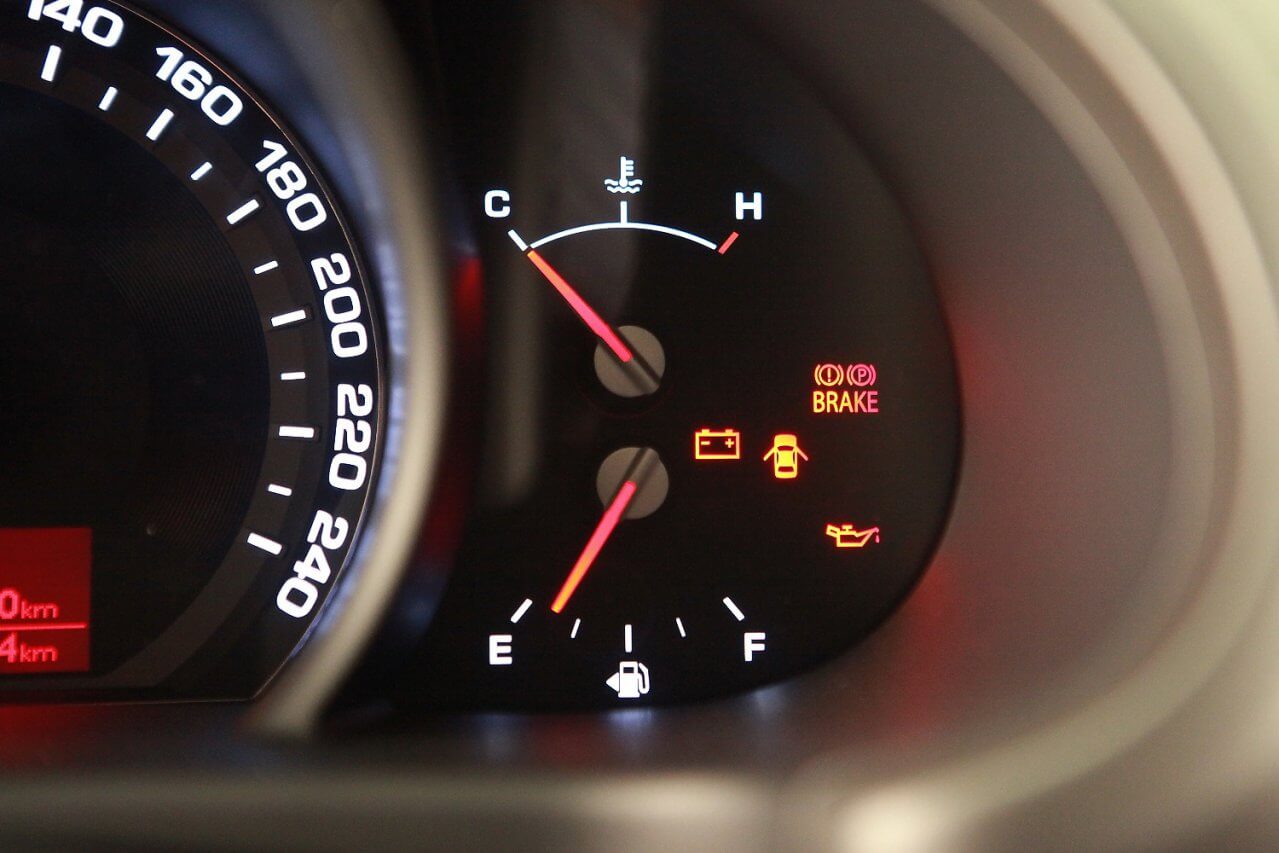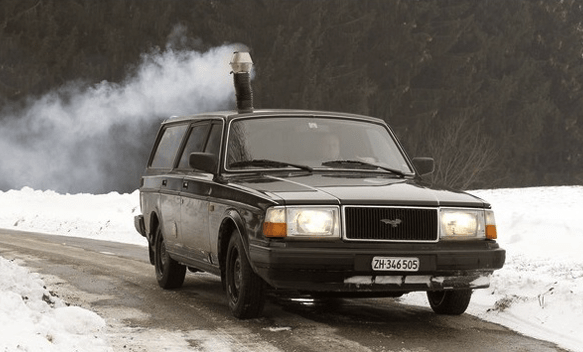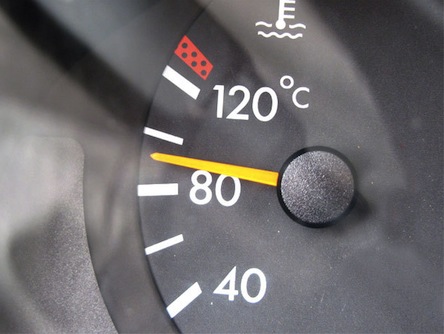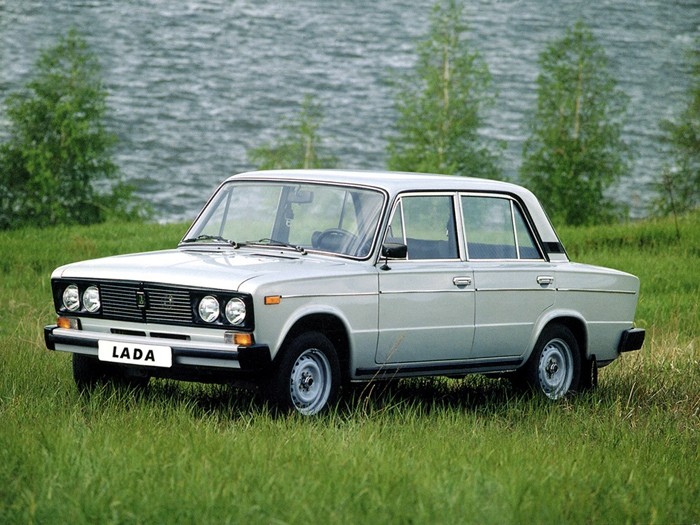
Do I need to warm up the car before the trip - in winter, in summer
Often drivers, especially those who are not very experienced, ask themselves:
Should the engine be warmed up?

The answer will be unequivocal - Yes, definitely worth it. You don't have to be a materials expert to guess that the main structural elements of any internal combustion engine are:
- aluminum pistons;
- steel or cast iron cylinders;
- steel piston rings.
Different metals have different coefficients of expansion. You can often hear that, they say, the engine is jammed, or vice versa, sufficient compression is not created. This all happens due to the fact that the gap between the pistons and cylinders changes up or down. Therefore, the engine needs to be warmed up, but it must be done correctly, since both overheating and driving on a “cold” engine lead to rapid wear of the unit’s resource.
How should the engine be warmed up?
It is impossible to answer this question unambiguously, because each model has its own design features. The following factors also affect heating:
- you have an automatic transmission or a manual transmission;
- front, rear or all-wheel drive;
- injector or carburetor;
- car age.
The engine is usually warmed up until the temperature of the antifreeze begins to rise. Until the temperature of the coolant reaches 80 degrees, it is highly undesirable to exceed the speed of more than two thousand.

It is also worth remembering that a sharp increase in crankshaft speed is fraught not only with overloads on the engine, the transmission also suffers. Transmission oil at temperatures below zero remains thick for a long time, and the differential and wheel bearings will suffer accordingly.
Prolonged engine warm-up is also not the best solution. Not only can you simply be fined for polluting the environment in residential areas, but candles also clog faster. Cold air, mixing with gasoline, contains more oxygen, respectively, and the mixture comes out lean and does not provide enough power, so the engine can simply stall in the most inappropriate place.
There is only one conclusion - balance is important in everything. Long warm-up and idling - extra fuel consumption. A sharp start without warming up is a rapid depletion of engine resources.
Therefore, at sub-zero temperatures, warm up the engine until the temperature arrow creeps up, and then start off a little, but without fanaticism. And only when the engine is fully warmed up, you can switch to high speed and speed.
Loading…
